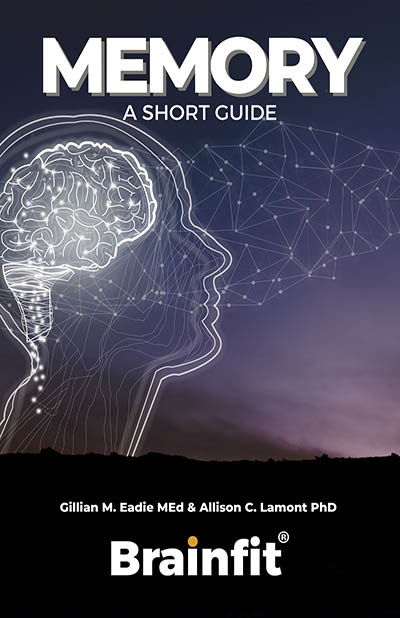Happy New Year!
How did your New Year resolutions go?
Like most of us, were your good intentions short-lived?
Why is that?
What does your brain need to do to turn a resolution into a new habit?
First, we have to interrupt the brain’s autopilot.
Yes, your brain is on autopilot …….
- Habits are like shortcuts for your brain, and they can be helpful or not. Habits on autopilot allow you to perform tasks while thinking about something more important. Usually, this is a good thing. You can brush your teeth, make coffee or put away the dishes without concentrating so your mind can start planning your day. .
- At its most basic, a habit is the pairing of a stimulus and a response. Habits are developed by performing the same action again and again in the same environment. The setting is important: Your brain relies on external cues to predict and perform its next action. e.g. You unlock your phone; you go to the email app.
- So, one of the best ways to develop a new habit is to tie it to an existing one. You likely have a habit of grabbing your phone, wallet, and keys when you walk out the door. If you want to get into the habit of eating more fruits and vegetables, try adding an apple (a new habit) to your lunch (an existing habit) every day.
- Many habits are behaviours that are repeated and rewarded. Normally when you make a decision, you activate a part of the brain’s prefrontal cortex that’s involved in more complex, deliberate evaluations. When a habit is formed, however, another area located deeper in the brain, called the dorsal striatum, starts to take over to make the behaviour become automatic. The dorsal striatum is rich in the neurochemical dopamine, and it’s a key area involved in learning, particularly when a reward is involved. When you get a reward — and a boost in dopamine — after performing an action, your brain connects the behaviour and the benefit, and you quickly learn to do it again. Perhaps unsurprisingly, the dorsal striatum is also implicated in drug addiction.
- It is difficult to make a habit out of something you don’t like doing, but you can form a new neutral habit more easily by tying it to something you already enjoy. If you don’t enjoy exercising, listening to your favourite podcast while power-walking may help. “Over time, your brain will start to associate that activity with the thing you love, and you’ll find yourself looking forward to your gym time, rather than dreading it.” (Researcher, Markham Heid)
- Habits are typically harder to break than to make. Changing your environment is one of the best ways to create a new habit. How many of you did this during lockdown? Or working from home rather than the office? And how easy did you find it to start a new routine?
Try these to help you make — and break — habits
- Reward your new behaviour
- Change your old routine
- Make a plan, and make it small and specific. Try to come up with a small, simple change that’s tied to an activity you already perform at the same time every day. For example, instead of saying you’re going to eat healthier, commit to adding a salad to your dinner every night.
- Set reminders and triggers for yourself. If you want to exercise more, schedule your workouts on your calendar each week, and set alarms for 10 minutes beforehand.
- Be internally motivated. Make a habit change because it’s appealing or meaningful to you, not to impress someone else.
[Based on an article written by Dana Smith]
Share with us if you have created a new habit this year – and tell us how you did it?




